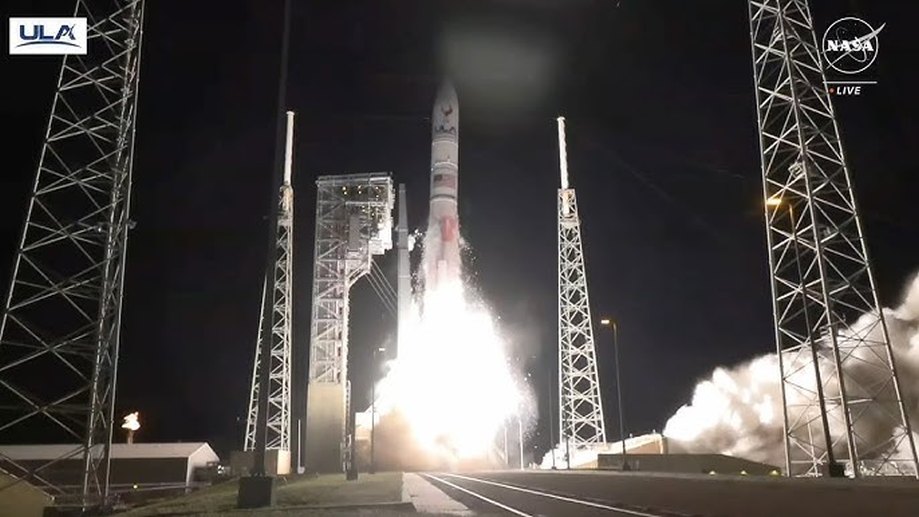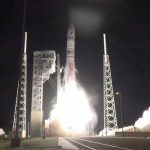First US moon landing attempt in more than 50 years in jeopardy after ‘critical loss’ of fuel

A U.S. lunar lander that launched from Florida on Monday in hopes of becoming the first American craft to touch down on the moon in more than 50 years faced a setback due to a “critical loss of propellant” a few hours after launch, putting its mission in jeopardy, its manufacturer said on Monday.
The Peregrine mission, part of NASA’s Commercial Lunar Payload Services (CLPs) initiative, intended to land a U.S. spacecraft on the moon on February 23, but a significant loss of propellant has jeopardized the mission. The lander, built by Astrobotic Technology, was set to explore an ancient lava flow called Sinus Viscositatis, or the Bay of Stickiness, Fox Business reported.
“First U.S. moon landing attempt in more than 50 years appears doomed after a private company’s spacecraft developed a “critical” fuel leak just hours after launch,” AP said in a separate report.
“Astrobotic-built avionics systems, including the primary command and data handling unit, as well as the thermal, propulsion, and power controllers, all powered on and performed as expected,” the Pittsburgh, Pennsylvania-based company said.
“Unfortunately, an anomaly then occurred, which prevented Astrobotic from achieving a stable sun-pointing orientation,” according to the company. Astrobotic says the lander is designed to have an onboard solar panel facing the sun for “maximum power generation” while traveling in orbit.
The Peregrine Lunar Lander, launched atop a United Launch Alliance Vulcan rocket from Cape Canaveral Space Force Station, initially had its avionics systems functioning correctly. However, an anomaly occurred, preventing the lander from maintaining a stable sun-pointing orientation, crucial for optimal power generation from its onboard solar panel while in orbit.
Despite a communication blackout, Astrobotic successfully executed an improvised maneuver to reorient the lander’s solar array toward the Sun, enabling the team to recharge the battery. However, the company disclosed that an anomaly within the propulsion system was identified, leading to a critical loss of propellant. Efforts are underway to stabilize the situation, but the team is also exploring alternative mission profiles given the circumstances.
According to Sky News, NASA has paid the Pittsburgh, Pennsylvania-based Astrobotic $108 million to transport five scientific instruments to the moon. The instruments were intended to assist NASA in preparations for the Artemis program, focused on establishing a sustained human presence on the Moon. The Mission Anomaly Board is currently evaluating data to determine the root cause of the propulsion system failure and assess the feasibility of alternative mission options.
“The NASA instruments aboard Peregrine will help NASA prepare for the Artemis program’s missions to enable a sustained human presence on the Moon,” Astrobotic said in a statement.

